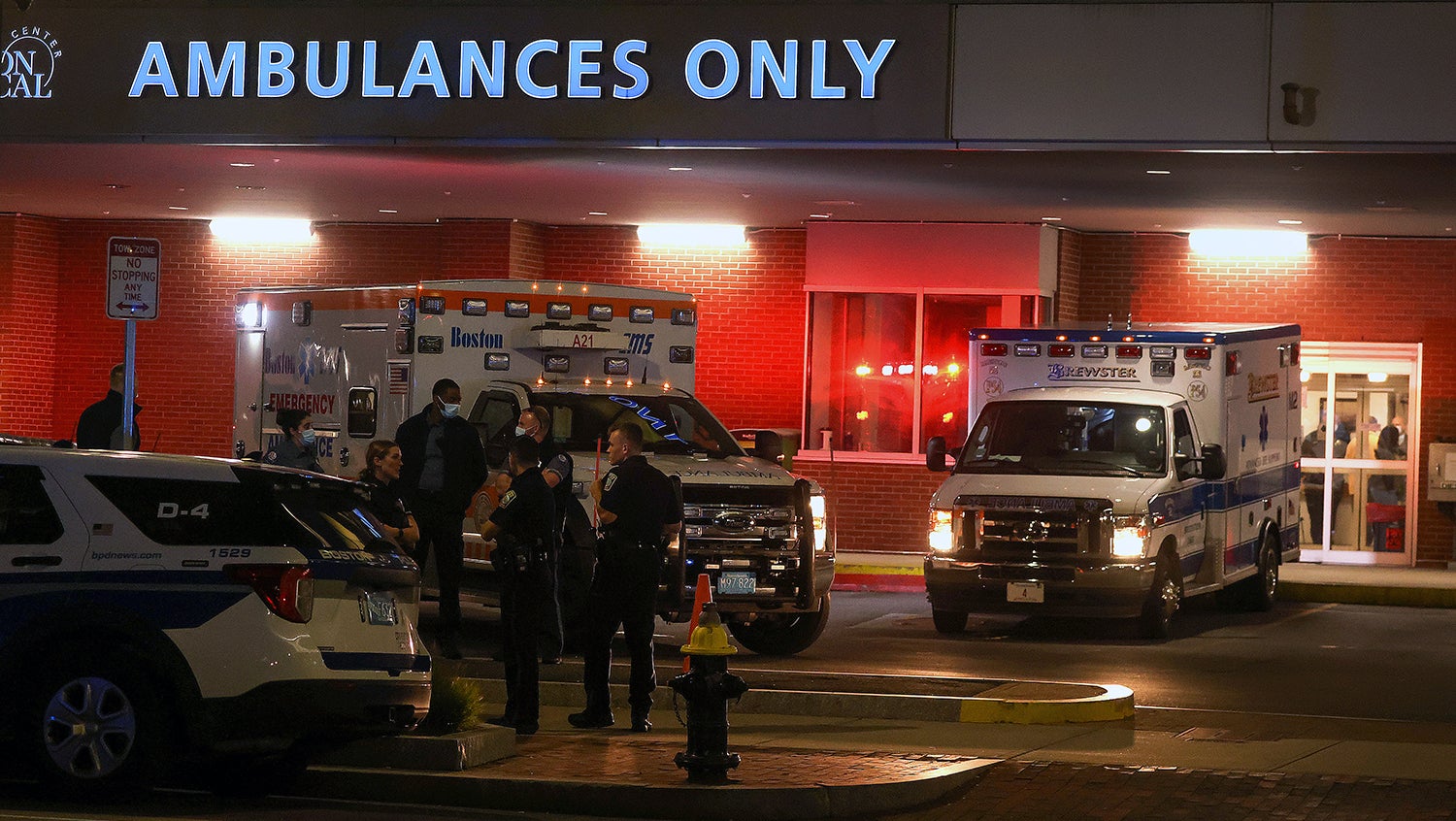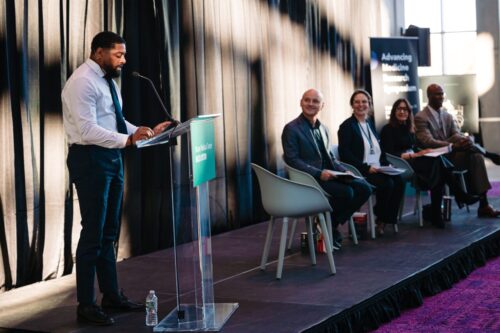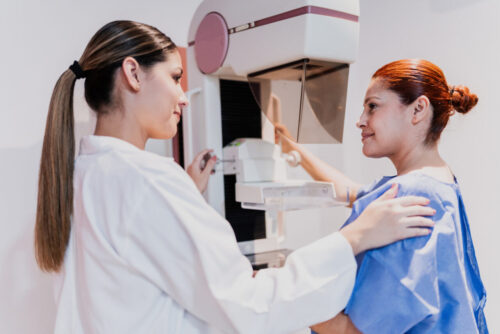COVID-19 Safety Measures May Have Led to Increased Gun Injuries in Boston
February 24, 2022

Boston Globe, Getty Images
Study on trends in violent injuries treated at Boston Medical Center suggests fallout from the pandemic’s first wave hit vulnerable communities hardest.
During the first year of the pandemic, protective measures employed in Massachusetts to slow the spread of COVID-19 were associated with a significant increase in firearm injuries at an urban trauma center, according to a new study led by researchers at Boston Medical Center (BMC) and Boston University School of Public Health (BUSPH).
Published in JAMA Network Open, researchers analyzed trends in violent penetrating injuries among emergency department patients at BMC, a safety-net hospital in Boston. They found that the greatest increase in gunshot wounds occurred among patients who were unemployed, male, and Hispanic. Black patients made up 70% of firearm injuries.
While severe disruptions to the structure of daily life affected everyone, Black and Hispanic households were more likely to experience job or wage loss due to the pandemic. They were also less likely to have financial reserves to cover basic expenses. What the study suggests is that the social and financial fallout from the pandemic, concentrated in vulnerable communities, may have contributed to an increase in gun violence.
Researchers noted that the disproportionate impact on Black, Hispanic, and low-income communities of color is a reflection of the legacy of systemic racism.
“Every one of these injuries represents a traumatic and life-altering event for the survivor, their family and community,” says Jonathan Jay, DrPH, JD, an assistant professor of community health sciences at BUSPH.
Even though gun violence rates in Boston trended downward in the second part of 2021, “people continue to face these harms every day, particularly in the most marginalized communities,” Jay says. “It will take many years of sustained investments to make Boston safer and more equitable.”
Trends in gun violence during pandemic’s first year
The surge in firearm violence began at the peak of the first wave of COVID-19 related hospitalizations. Massachusetts was still under a stay-at-home advisory and the large-scale racial justice protests around the killing of George Floyd had not yet begun.
While other sources have documented an historic rise in homicides in 2020, this study was able to analyze the increase in serious but mostly non-fatal violence among patients who presented to the emergency department.
The retrospective cross-sectional study included a total of 2,383 patients with violent penetrating injuries during the first pandemic year, March 2020 to February 2021, and compared them with the previous five years, March 2015 to February 2020. Of those presenting with injuries, 85% were men, 66% Black, 19% Hispanic, and 9% White.
Patients presenting with violent penetrative injuries during the pandemic were less likely to have experienced a similar injury prior to the pandemic. Shootings also increased during weekdays compared with previous years, but they continued to occur primarily during overnight hours.
These findings point to the need to ensure that violence prevention services are amply available, and that immediate support and interventions are accessible when violence occurs, regardless of day or time. Researchers agree that an all-hazard preparedness approach is needed to mitigate firearm violence.
“As the pandemic continues, community violence prevention and interventions must be implemented to respond to this epidemic of violence,” says lead researcher Elizabeth Pino, PhD, a research scientist and data manager at the Violence Intervention Advocacy Program at BMC.


